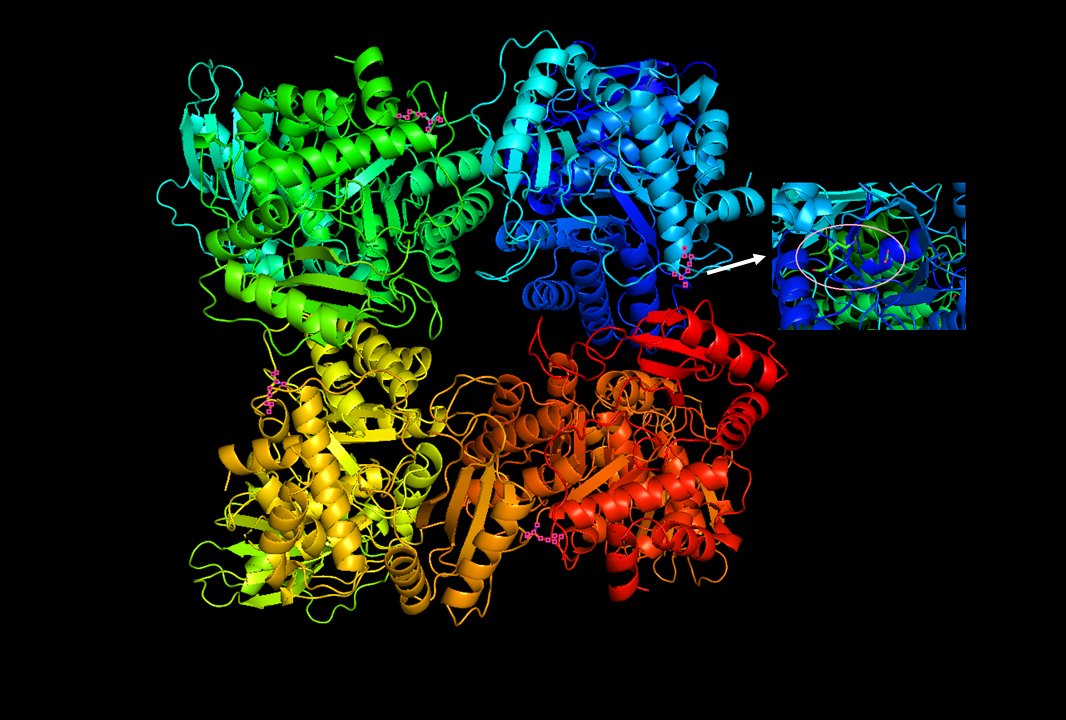[ad_1]
Generally speaking, the term synthesis refers to the combining of two or more entities, material or abstract, to form something new; or in a broader sense, synthesis also refers to the creation of something. We mention, more often than not, this term- synthesis- mainly in chemistry and biochemistry.
Carbohydrate Synthesis
If in chemistry, we call it chemical synthesis which covers a wide range of categories. Chemical synthesis is very critical to many chemistry researches as based on it new compounds with new physical or biological properties could be discovered. Also, it is indispensable in drug discovery if new drugs are to be created.
Among all classifications of chemical synthesis, carbohydrate synthesis is one of them, including the synthesis of a series of complicated compounds like oligosaccharide, glycan, sugar amino acid, glycopeptide, glycoconjugate, etc.
Carbohydrate is a multi-task player in living organisms, from primary source of energy to cell-cell interactions to cancer metastasis. Therefore, it is fair to say that carbohydrate plays an important role in many biological processes. However, they are hard to be synthesized because of their structural complexity.
According to a book titled Carbohydrate Chemistry, Biology and Medical Applications, the difficulties of carbohydrate synthesis lie in the following regards:
a) It’s hard to distinguish the exact hydroxyl group at a particular position from other hydroxyl groups as all these hydroxyl groups share similar properties.
b) Compared with other synthesis, glycosylation reactions are definitely much difficult and as a result always have poor yields.
c) The biggest challenge is how to achieve the desired glycosidic linkage in a stereoselective manner.
Peptide Synthesis
If in biochemistry, one important type of synthesis is peptide synthesis or, in other words, the production of peptides. Peptides are organic compounds composed of multiple amino acids linked via amide bonds.
Peptides are synthesized by coupling the carboxyl group of one amino acid to the amino group of another amino acid molecule. Due to the possibility of unintended reactions, protecting groups are usually necessary. As to the synthesis approach, there are normally two types: liquid-phase peptide synthesis and solid-phase peptide synthesis (or short for SPPS). The latter one is more widely used in labs nowadays.
SPPS was pioneered by Robert Bruce Merrifield and quickly brought about a paradigm shift within the peptide synthesis circle. It has become the first choice to synthesize peptides and proteins in the lab. SPPS makes it possible for the synthesis of natural peptides, the incorporation of unnatural amino acids, peptide/protein backbone modification, and the synthesis of D-proteins, which consist of D-amino acids.
http://www.bocsci.com/carbohydrate-service.HTML
https://www.creative-peptides.com/services/custom-peptide-synthesis.HTML
[ad_2]



